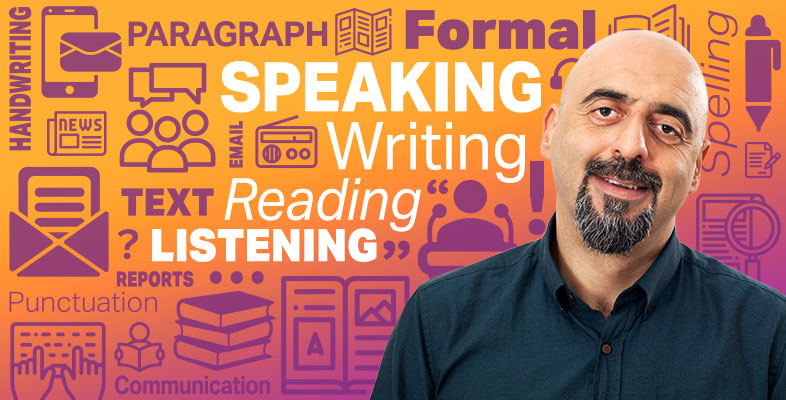1.3 Drafting
The purpose of drafting is to see how your ideas work.
Base your first draft closely on your planning notes. At this early stage it is important to put your effort into what you are saying, not how you are saying it.
First drafts are also called rough drafts. As the name suggests, a rough draft does not have to be neat, set out exactly right or free of all mistakes.
Activity 3 Pros and cons of drafting
Note down some advantages and disadvantages of writing a rough draft.
| Advantages | Disadvantages |
Discussion
Here are some pros and cons. You may have thought of others.
| Advantages | Disadvantages |
| Helps you get to grips with the task. | The task takes longer. |
| Allows you to concentrate on your ideas without worrying about spelling and presentation. | Tires you out! |
| Gives you time to really think about how best to express yourself. | |
| Gives you a chance to change your mind. |

